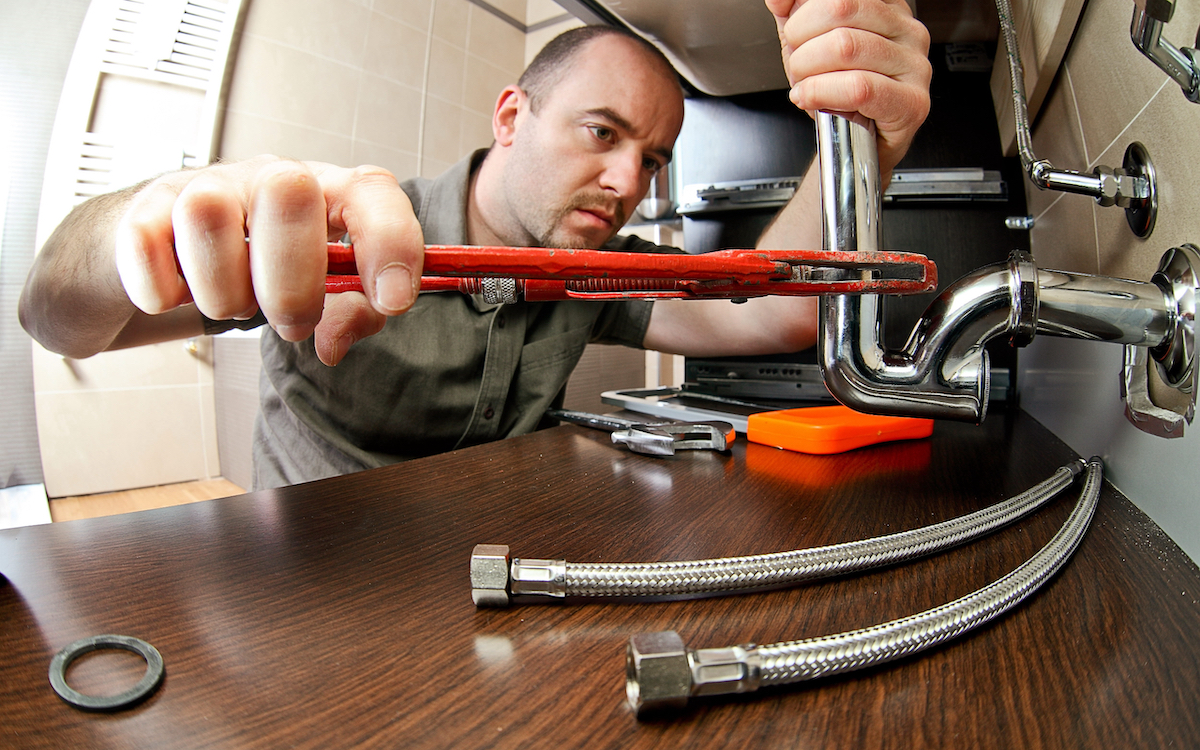Comprehensive Plumbing Alabaster AL Solutions for Your Home
Comprehensive Plumbing Alabaster AL Solutions for Your Home
Blog Article
A Step-by-Step Guide to Efficient Hot Water Heater Installment for Ideal Performance
Embarking on the task of mounting a water heating unit is a venture that requires precision and a methodical approach for attaining ideal efficiency. As you continue, the complexities of connecting water supply lines and establishing up trustworthy electric or gas connections wait for, encouraging understandings right into making sure performance and dependability.
Picking the Right Hot Water Heater

Following, consider the size and ability of the water heater. It's crucial to analyze your home's warm water demands, which can vary based upon the variety of passengers and their use patterns. An unit that's as well tiny may cause not enough warm water, while a large version could result in unneeded power consumption.
Effectiveness scores likewise play a pivotal role in option. Search for water heating systems with high Energy Element (EF) scores, showing exceptional performance and lowered power use. Tankless versions, though typically much more pricey ahead of time, deal significant power savings gradually as a result of their on-demand heating abilities.
Preparing the Installment Location
Prior to setting up a brand-new water heating system, careful prep work of the setup location is necessary. It's crucial to gauge the area very carefully to fit the water heating unit's measurements, making sure appropriate clearance around the unit for reliable procedure and servicing.
Following, remove any debris, dirt, or obstructions from the website to produce a clean setting. Examine the floor for stability, as the water heater will certainly require a solid, level surface area to operate effectively. If needed, install a drip frying pan below the device to catch prospective leaks or spills, protecting against water damages to the surrounding location. In areas vulnerable to seismic task, consider installing seismic straps to secure the heater firmly in location.
In addition, make certain that all necessary tools and materials get on hand prior to commencing the installation. This includes things such as wrenches, screwdrivers, a degree, and any type of extra hardware needed for placing and protecting the heating unit. A well-prepared installment area sets the structure for an effective water heating unit configuration, enhancing performance and safety.
Connecting Water Supply Lines
When connecting water supply lines to your newly installed water heating system, it is vital to guarantee that all connections are secure and leak-free to keep reliable procedure and prevent water damage. Begin by recognizing the cold and warm water system lines. The cool water inlet is generally noted with a blue tag or a "C", while the warm water outlet is noted with a red tag or an "H".
Use flexible water heating unit connectors to help with an easier installation process. These connectors can absorb resonance and permit for mild activity, lowering the threat of leakages. Before connecting the ports, put a plumber's tape around the threaded ends of the water heater's inlet and outlet pipes - Plumbing Services Alabaster AL. This tape acts as a sealer, preventing leakages. Carefully link the flexible pipes to the corresponding inlet and electrical outlet, guaranteeing that they are limited but view it not over-tightened, which could damage the strings.
When links are in place, gradually turn on the main water valve. Inspect each connection for leakages by aesthetically examining and feeling for dampness. Tighten up links as essential, and ensure the stress safety valve is appropriately mounted, guarding versus extreme stress build-up.
Establishing Electrical or Gas Connections
Properly establishing up the electrical or gas links for your water heating unit is an essential step to make certain effective and safe procedure. For electric water heating systems, begin by validating that the electrical circuit is suitable with the heater's voltage and amperage needs.
For gas hot water heater, safety and security is vital. Confirm that the gas supply is off prior to continuing. Connect the gas line to the hot water heater using a versatile gas adapter, ensuring it is effectively threaded check over here and sealed with pipeline joint substance or Teflon tape suitable for gas links. Tighten up the connections with a wrench, taking treatment not to over-tighten (Plumbing Alabaster AL).
Once links are made, evaluate for any type of possible leakages. For gas lines, apply a soapy water option to the joints; bubbles indicate a leak. For electric links, confirm that all electrical wiring is safe and secure and correctly protected, keeping compliance with regional electric codes.
Checking and Adjusting for Performance
With the electric and gas connections firmly in position, the following step is reviewing the functional effectiveness of your water heater. Begin by thoroughly transforming on the water supply and making sure there are no leakages at any of the valves or joints. As soon as confirmed, proceed to load the tank, focusing on the stress and temperature settings. It is recommended to set the thermostat to a suggested temperature of around 120 ° F(49 ° C) to stabilize power effectiveness and comfort.
Next, carry out a complete assessment to guarantee the burner or gas burners are operating properly. For electric heaters, make use of a multimeter to confirm if the elements are attracting the proper current. In gas versions, observe the burner fire; it must be constant and blue, suggesting efficient burning.
Adjust the setups as required to remove ineffectiveness. Consider carrying out insulation measures, such as including a water heater covering, to better improve performance by lessening heat loss. Furthermore, check the anode rod's problem, as a scrubby pole can minimize performance and cause storage tank deterioration.
Conclusion
Reliable hot water heater installation is essential for guaranteeing optimum efficiency and power cost savings. By selecting the appropriate kind and dimension, and carefully preparing the setup location, a foundation for success is established. Safely attaching water supply lines and very carefully establishing up electrical or gas connections lessen possible concerns. Extensive screening for leakages and specific thermostat adjustments to 120 ° F improve dependability and performance. Following these actions promotes long-term performance and energy preservation in household water furnace.

Properly establishing up the electrical or gas connections for your water heating unit is an essential step to make sure safe and effective operation. For electric water heating systems, start by verifying that the electrical circuit is compatible with the see here now heating unit's voltage and amperage needs. Link the gas line to the water heater using an adaptable gas connector, ensuring it is appropriately threaded and secured with pipeline joint compound or Teflon tape ideal for gas connections.
Report this page